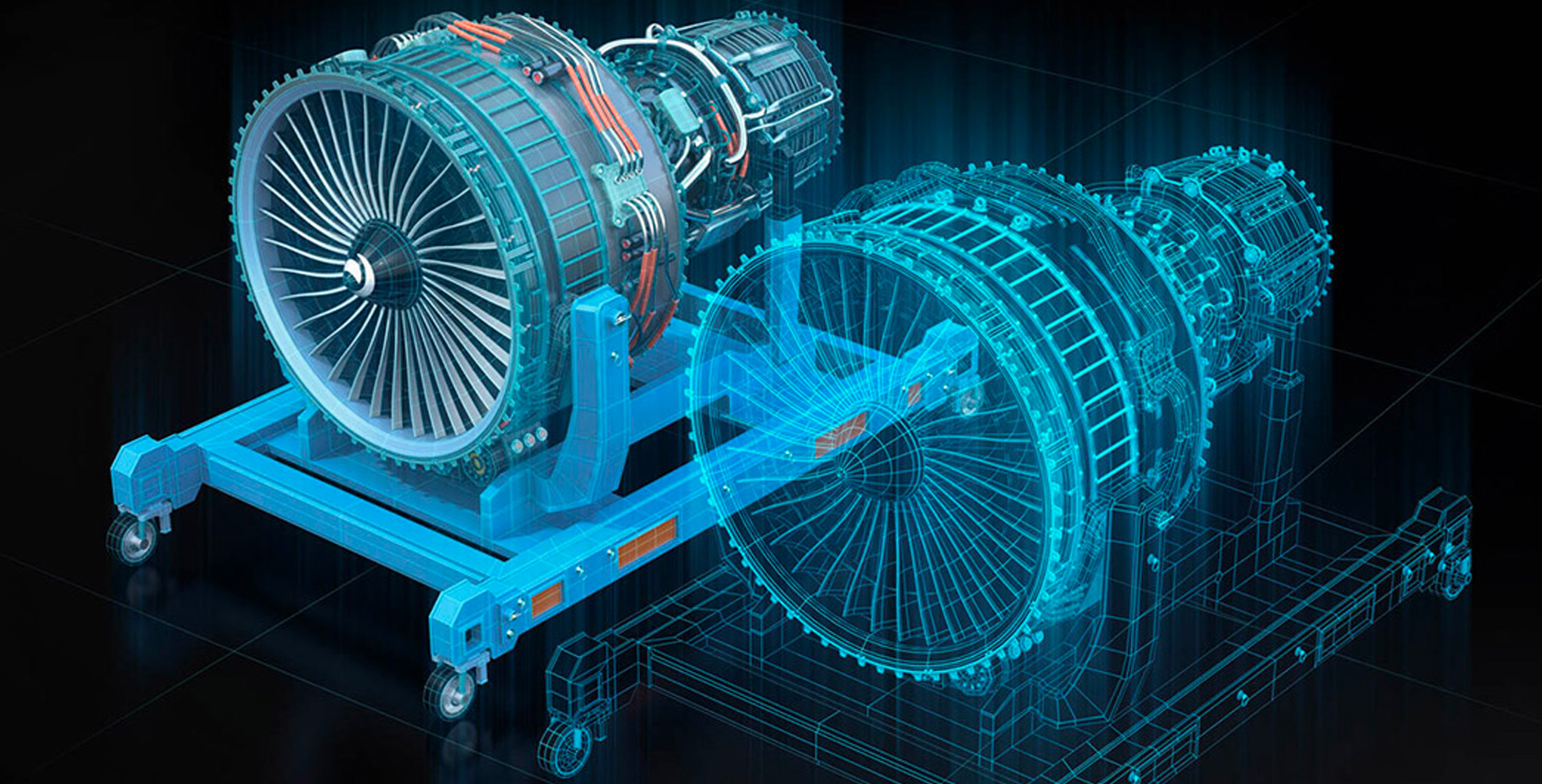So what exactly are they? Simply stated, a digital twin is the current representation of a product or system in a virtual simulation. Data collected from IoT sensors and ubiquitous connectivity is transformed into a spatial representation of a product or system—like a forklift, factory or warehouse—generated by a computer. A digital thread is the record of the twin’s lifetime from creation to removal –—software, supply chain, performance, product design etc.– over time and across platforms.
AI can mine this data, derive business intelligence, reveal trends, and support strategic executive decision making. Today digital twins are valued at about $6 billion and the market is growing at breakneck speed. Digital twins not only save on hard costs of infrastructure, design and training; they also reduce ongoing operating, maintenance and other expenditures. The money saved will ultimately be measured in trillions of dollars of productivity gains.
Experts forecast that digital twins/ digital threads will be worth $47 billion in a few short years:
Digital Twin Market Forecast
- 2021: $13 Billion
- 2023: $16 Billion
- 2025: $36 Billion
- 2026: $47 Billion
Real world examples of successful digital twin applications abound:
- Logistics company DHL created a digital twin warehouse for Tetra Pak, a food packaging and processing company in Singapore. The supply chain digital twin receives real-time data from the physical warehouse and continually tracks performance to identify optimal storage solutions.
- The energy sector is complex and highly changeable. Oil companies use digital twins to optimize pipelines and allocate capacity across the country. The model combines the commercial side with the logistics function to better serve customers by having the products on hand in the correct locations at peak sales times.
- Benefits of digital twins in manufacturing extend beyond the factory to the retailer and consumer. Unilever uses DT technology to improve the production process in eight facilities by aggregating data from IoT sensors, analyzing the information and feeding insights back to the physical plant. AI and digital twin optimization helped the company reduce alerts by 90%, down from 3000 a day!
In short, digital twins offer a virtual proving ground for smarter products, more efficient manufacturing and optimized supply chains. Today most use cases are industrial—but digital twin technology will impact all sectors in the not too distant future. From smart cities analyzing traffic flow and utility consumption to healthcare testing of drug effectiveness through autonomous vehicles digitally validated over millions of miles and billions of traffic scenarios. Space exploration, rocket ships to Mars and Lunar colonies, will depend on digital twins and advances in artificial intelligence and machine learning—a large step from the original use in the Apollo 13 rescue.



